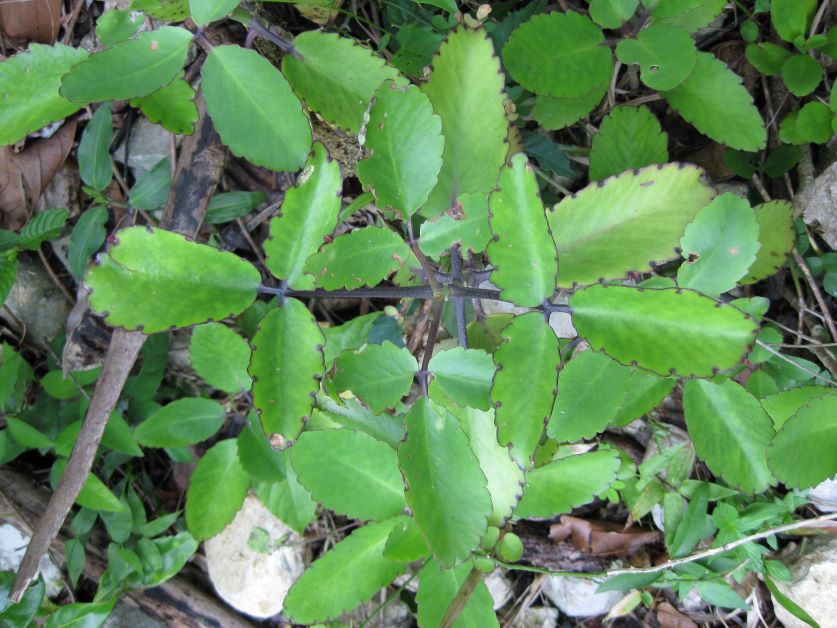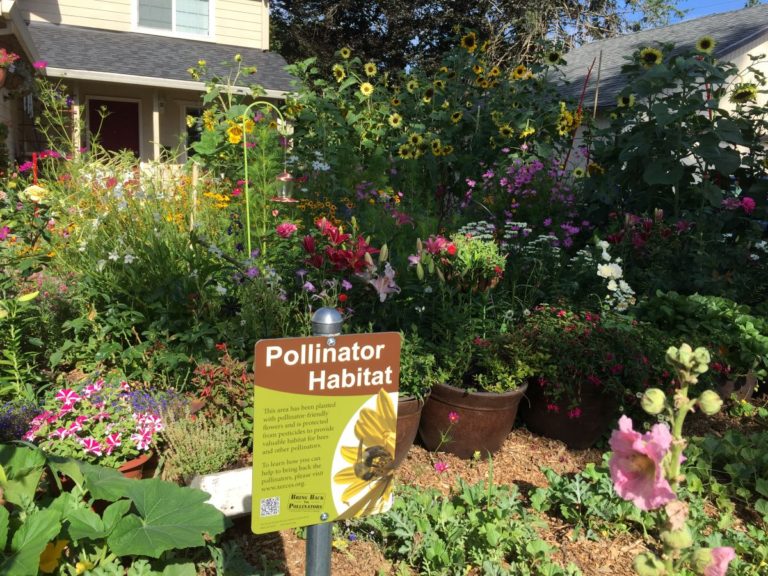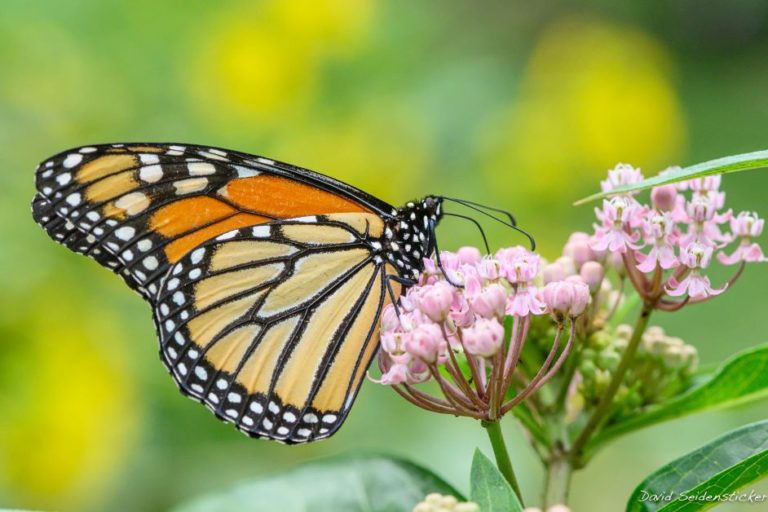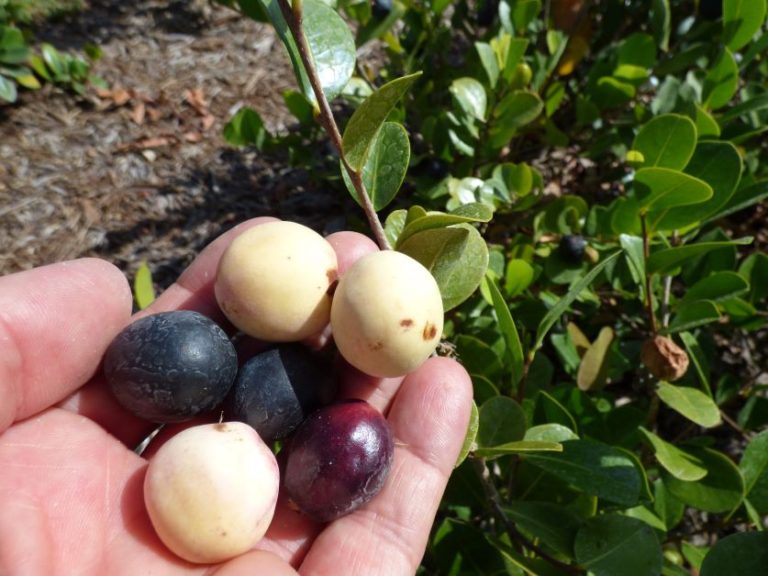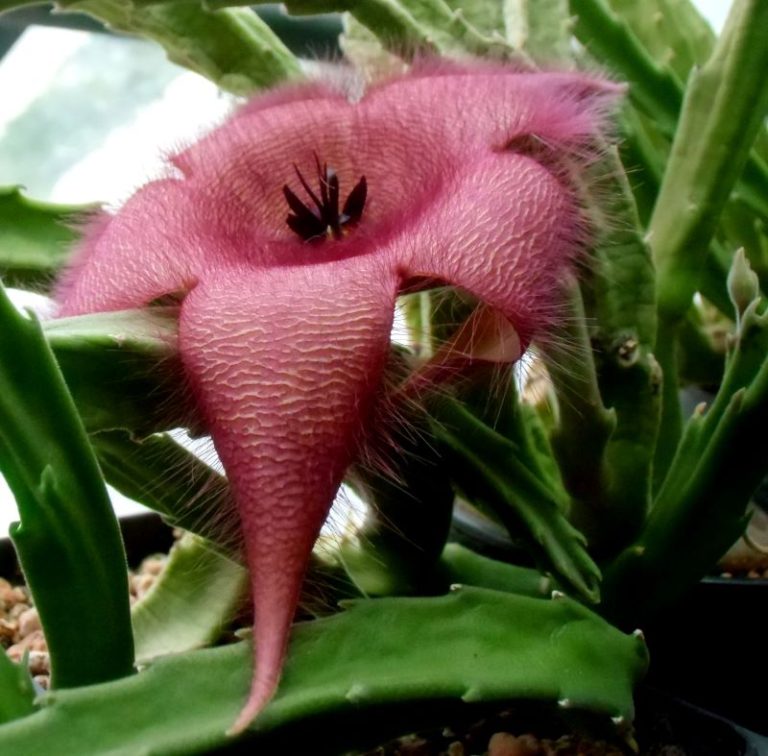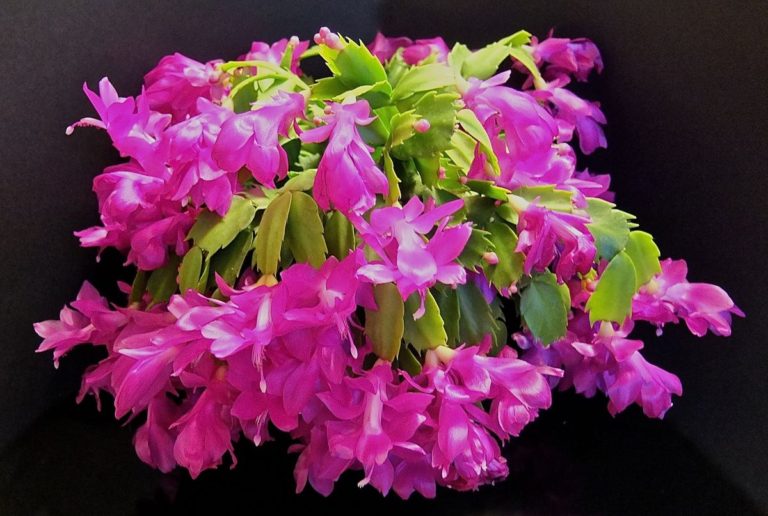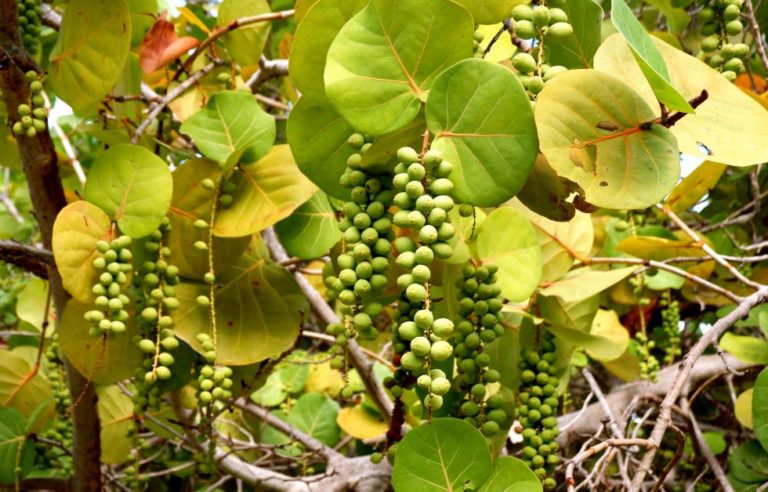How to Grow Jamaican Leaf of Life
One of the first plants I added to my Florida garden was the Jamaican leaf of life. A friend gave me this succulent and told me that it had some medicinal properties. Other than “respiratory,” those medicinal properties were vague. He didn’t tell me how to use it and since I’m not in the habit of eating plants that I’m not 100% sure are safe, I grew it strictly as an ornamental.
Years later, I had someone over to my house that was from Jamaica. He pointed out my leaf of life plant and told me that people back home crush the leaves and use it as an ointment for athlete’s foot. When I told him I heard that some people eat it to treat breathing problems, he said that he’d never heard that before.
All of this conflicting information got me thinking — what exactly is the Jamaican leaf of life and how do you use it? This extensive guide will tell you everything you need to know about this versatile plant.
What is Jamaican Leaf of Life?
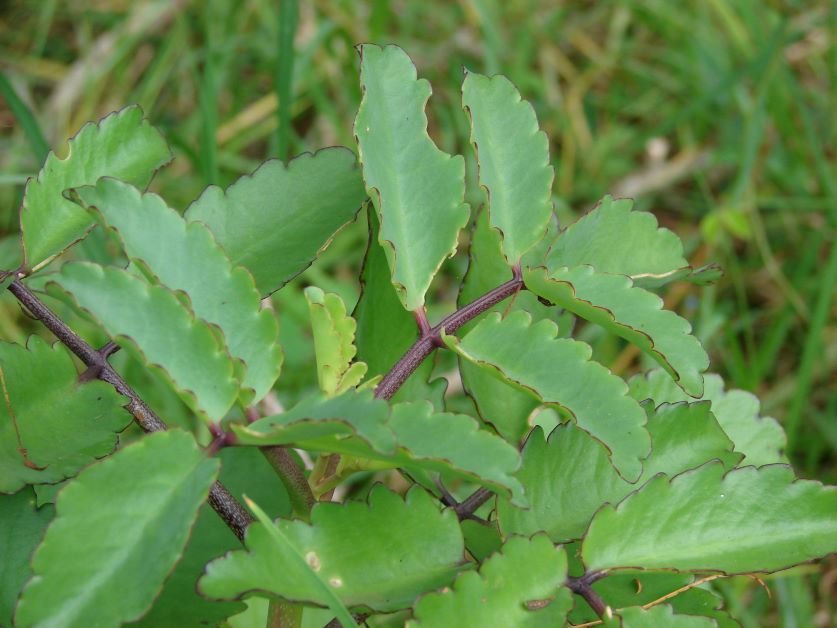
Jamaican leaf of life (Kalanchoe pinnata) is a succulent native to Madagascar. It’s grown in warm weather climates around the world, but it’s especially popular in the Caribbean (as its name suggests).
Other common names for Jamaican leaf of life include:
- Bryophyllum pinnatum
- Jamaican tree of life
- Air plant
- Love bush
- Sweetheart plant
- Cathedral bells
- Life plant
- Miracle leaf
- Goethe plant
- Good luck leaf
- Mexican love plant
- Curtain plant
Jamaican leaf of life is a perennial that propagates by dropping plantlets off of the sides of its leaves, much like its Kalanchoe cousin mother of thousands. It has plump, scalloped leaves that are mostly green but edged in black. A full-grown Jamaican leaf of life plant can grow to be 6.5 feet tall and 3 feet wide.
Perhaps the most interesting thing about this plant are its flowers. They look like little tubes filled with air, and they turn from green to pink to purple as they mature. The tube eventually opens up at the bottom to reveal a yellowish-green flower with 4 petals. The flowers point downwards, so the petals aren’t very showy.
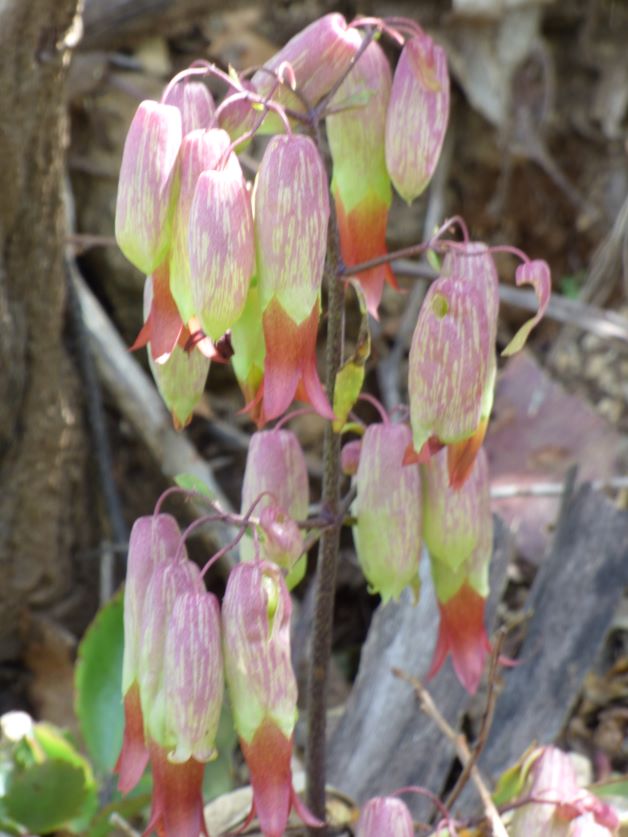
How to Plant Jamaican Leaf of Life
Jamaican leaf of life propagates by dropping leaves. These leaves then sprout roots and plantlets along their edges. Every scalloped edge of a leaf of life plant has the potential to sprout into its own plant. Because of this, most people usually grow this plant from plantlets and cuttings instead of seeds. Buy a live plant and it will propagate on its own (whether you want it to or not).
How to Grow Jamaican Leaf of Life from Cuttings:
- Using a clean pair of scissors, cut a healthy leaf off the stem
- Lay the leaf down horizontally in a pot filled with well-draining potting mix
- Water your leaf and keep the soil moist but not soggy
- Keep your cutting in 75F or warmer
- After a few days, you should see roots forming around the edges of your leaf
- Once you see roots, plantlets will start growing around the scalloped edges of your leaf
- These plantlets will eventually grow into a Jamaican leaf of life plant
- You can choose to let these propagated plants grow where they stand, or you can dig them up and transplant them. Leaf of life has a shallow root system, which makes them easy to move from one spot to another.
Jamaican Leaf of Life Growing Conditions
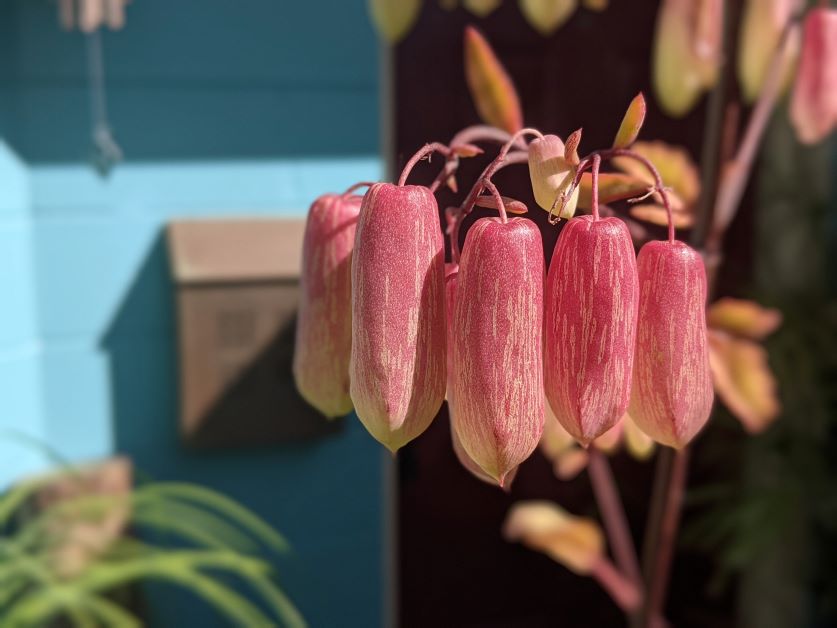
Under the right conditions, Jamaican leaf of life grows insanely easy and needs little to no care.
Light
Jamaican leaf of life is a full sun plant, it does better in dappled light when the sun is at its most extreme (like during Florida summer). If given too much strong sunlight, this plant is easily sunburned and the leaves turn a washed-out green or yellow color.
Temperature
On paper, Jamaican leaf of life is hardy to USDA zones 10-11. I have my plant growing outdoors year-round in 9B, however, and have never had a problem. It does wither and die during times of frost, but it always pops back when spring arrives. The ideal temperature range for Jamaican leaf of life is 55F-85F.
Water
Jamaican leaf of life is drought-tolerant. If you’re growing this plant outdoors in Florida, you may need to water it once a week during fall and winter. In the summer, skip watering because our daily rains are more than enough for this succulent. When it comes to Jamaican leaf of life, less water is better than more as this plant is prone to root rot.
Soil
Jamaican leaf of life will grow in anything. I’ve even found it growing between the river rocks in my cacti garden. While well-draining and sandy is best, this plant isn’t too picky about what it’s grown in.
Fertilizer
Fertilizer isn’t essential with Jamaican leaf of life but if you aren’t getting many flowers, feed it an organic, high phosphorus fertilizer such as bone meal.
Mulching
Spreading a layer of mulch around your leaf of life plant can help prevent it from propagating itself. The mulch will act as a barrier and fallen leaves will have a harder time taking root (although they still might, this plant is tenacious).
Pruning
Pruning isn’t necessary with Jamaican leaf of life, but cutting it back can help it keep its shape. You may also want to cut off flowers after they’ve bloomed to encourage new growth.
Is Jamaican Leaf of Life Invasive?
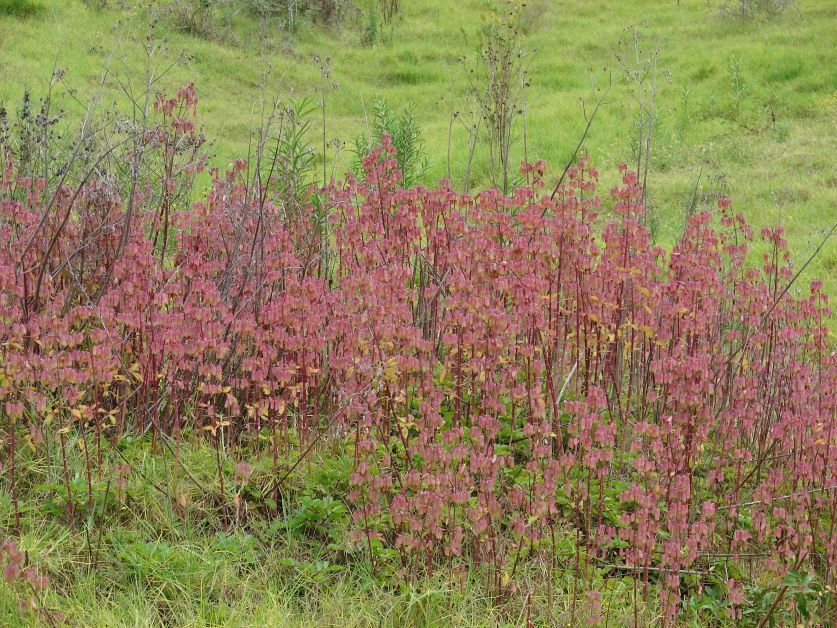
If you plant Jamaican leaf of life outdoors in zones 9-11, I can guarantee that you’ll find baby plants growing in places you didn’t intend. It’s not quite as bad as the mother of thousands but if you’re someone who likes an extra tidy garden, you might find this to be a nuisance.
The UF-IFAS lists Jamaican leaf of life as invasive in Central and South Florida. This plant is also on the invasive species list in Hawaii, French Polynesia, and Australia. If you’re in these areas, you might want to grow Jamaican leaf of life as a houseplant to keep it contained.
I’ll be honest, I have Jamaican leaf of life growing outdoors in a pot, but I make sure to weed out baby plants a few times a year to stop it from spreading. Is it ideal? Probably not, but I had this plant growing outside long before I learned about its invasive status. I claim ignorance, not innocence. If you do grow it outdoors in a temperate climate, take extra care to cull it and when you do, make sure that all the leaves are dead before disposing of them.
Is Jamaican Leaf of Life Edible?
***I am not a doctor. All of the information below is based on Internet research and I can’t guarantee that the leaf of life if safe. Ingest leaf of life at your own risk.***
Whether the leaf of life is edible is debatable. Many, many people say that a pureed and strained leaf of life concoction is great for breathing problems. Wikipedia, however, says that leaf of life contains compounds that can cause heart issues.
Traditionally, Jamaican leaf of life is used internally for asthma, bronchitis, cough, and kidney stones.
Leaf of life is also used topically. Some people say that placing a wet leaf of life on your forehead can relieve headaches. Jamaican leaf of life is also reported to have antimicrobial benefits and that smearing crushed up leaves on a wound can make it less likely to get infected.
Can You Grow Jamaican Leaf of Life in a Pot?
Yes, Jamaican leaf of life grows great in pots. Keep in mind that the bigger your pot, the bigger your plant. I grow my leaf of life in a 5-gallon pot and it grew to be about 4 feet tall. Terra cotta pots and fabric grow bags are great choices because they provide extra drainage. Your containers don’t need to be very deep because Jamaican leaf of life has a shallow root system.
When it comes to soil, just be sure that it’s well-draining. A 50/50 mix of succulent mix and potting soil will work, as will potting mix and perlite.
Can You Grow Jamaican Leaf of Life Indoors?
Growing Jamaican leaf of life as a houseplant is a great way to make sure that this plant doesn’t spread. It’s also the only way that gardeners above zone 9 are able to grow it at all.
When growing Jamaican leaf of life indoors, be sure to keep it away from drafty spots like next to doors or AC vents. It also needs to get plenty of sunlight, otherwise, it’ll get leggy and flop over.
Some houseplants need extra humidity and do best with a layer of pebbles between their pot and their drainage dish. This isn’t the case with Jamaican leaf of life. This plant isn’t too particular about the humidity and if the air is too moist, it’ll contract powdery mildew. Make sure your leaf of life gets enough airflow and time to dry out completely between watering.
Featured Image Photo Credit: Daimon Eklund

